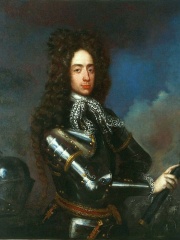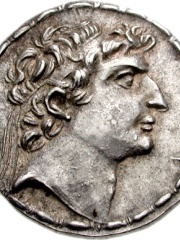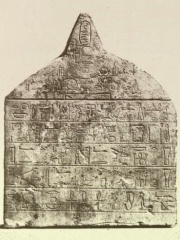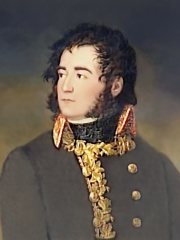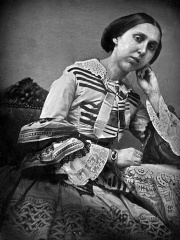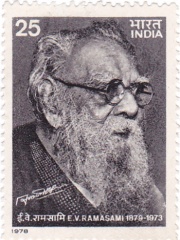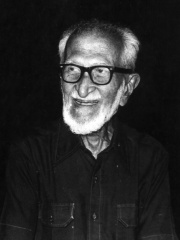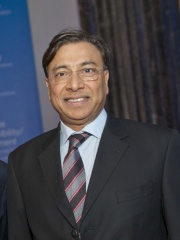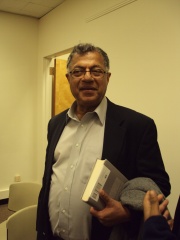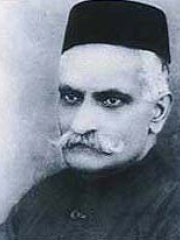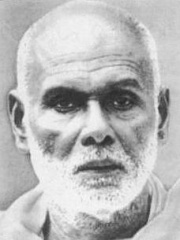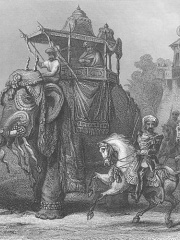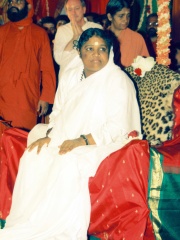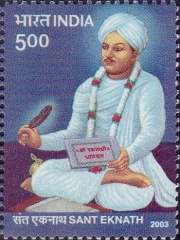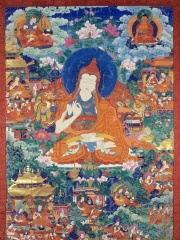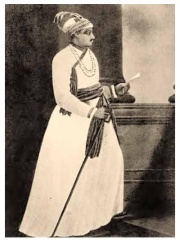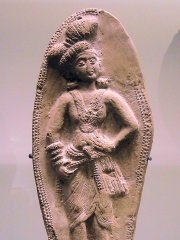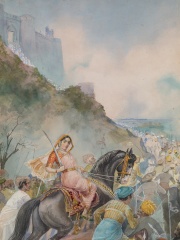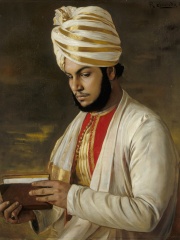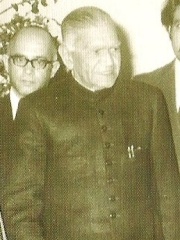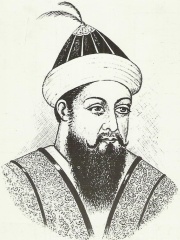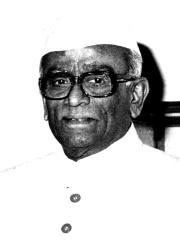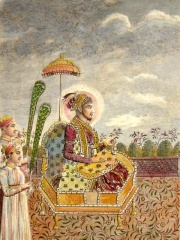POLITICIAN
Shantanu
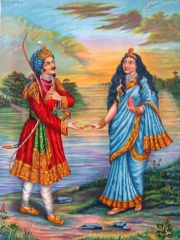
 Shantanu
Shantanu
Shantanu (Sanskrit: शांतनु, शान्तनु, IAST: Shāṃtanu, Shāntanu) is a character in the Mahabharata, described as the a ruler of the Kuru Kingdom with his capital at Hastinapura. He was a descendant of the Bharata race, a forebear of the lineage of the Chandravamsha, and the great-grandfather of the Pandavas and the Kauravas. The ruler was the youngest son of King Pratipa of Hastinapura and had been born during the latter's latter years. Read more on Wikipedia
Since 2007, the English Wikipedia page of Shantanu has received more than 2,028,293 page views. His biography is available in 32 different languages on Wikipedia (up from 29 in 2019). Shantanu is the 6,044th most popular politician (down from 5,678th in 2019), the 190th most popular biography from India (down from 163rd in 2019) and the 60th most popular Indian Politician.
Memorability Metrics
2.0M
Page Views (PV)
57.08
Historical Popularity Index (HPI)
32
Languages Editions (L)
3.86
Effective Languages (L*)
3.54
Coefficient of Variation (CV)
Page views of Shantanus by language
Among POLITICIANS
Among politicians, Shantanu ranks 6,044 out of 15,577. Before him are Kaykaus II, James Louis Sobieski, Seleucus VI Epiphanes, Bakenranef, Emperor Go-Suzaku, and Kara Davud Pasha. After him are Şehzade Korkut, Jean-Antoine Marbot, Tudḫaliya I, Haji Mohammad Chamkani, Princess Eugénie of Sweden, and Periyar E. V. Ramasamy.
Most Popular Politicians in Wikipedia
Go to all Rankings
Kaykaus II
1300 - 1279
HPI: 57.08
Rank: 6,038
James Louis Sobieski
1667 - 1737
HPI: 57.08
Rank: 6,039
Seleucus VI Epiphanes
150 BC - 94 BC
HPI: 57.08
Rank: 6,040
Bakenranef
700 BC - 800 BC
HPI: 57.08
Rank: 6,041
Emperor Go-Suzaku
1009 - 1045
HPI: 57.08
Rank: 6,042
Kara Davud Pasha
1570 - 1623
HPI: 57.08
Rank: 6,043
Shantanu
HPI: 57.08
Rank: 6,044
Şehzade Korkut
1467 - 1513
HPI: 57.07
Rank: 6,045
Jean-Antoine Marbot
1754 - 1800
HPI: 57.07
Rank: 6,046
Tudḫaliya I
1500 BC - 1400 BC
HPI: 57.07
Rank: 6,047
Haji Mohammad Chamkani
1947 - 2012
HPI: 57.07
Rank: 6,048
Princess Eugénie of Sweden
1830 - 1889
HPI: 57.07
Rank: 6,049
Periyar E. V. Ramasamy
1879 - 1973
HPI: 57.07
Rank: 6,050

In India
Among people born in India, Shantanu ranks 190 out of 1,493. Before him are Salim Ali (1896), Lakshmi Mittal (1950), Girish Karnad (1938), Motilal Nehru (1861), Narayana Guru (1855), and Dignāga (480). After him are Periyar E. V. Ramasamy (1879), Nana Sahib (1824), Mata Amritanandamayi (1953), Ajay Devgn (1969), Eknath (1533), and Śāntarakṣita (725).
Others born in India
Go to all Rankings
Salim Ali
1896 - 1987
HPI: 57.34
Rank: 184
Lakshmi Mittal
1950 - Present
HPI: 57.23
Rank: 185
Girish Karnad
1938 - 2019
HPI: 57.14
Rank: 186
Motilal Nehru
1861 - 1931
HPI: 57.13
Rank: 187
Narayana Guru
1855 - 1928
HPI: 57.12
Rank: 188
Dignāga
480 - 540
HPI: 57.10
Rank: 189
Shantanu
HPI: 57.08
Rank: 190
Periyar E. V. Ramasamy
1879 - 1973
HPI: 57.07
Rank: 191
Nana Sahib
1824 - 1859
HPI: 57.04
Rank: 192
Mata Amritanandamayi
1953 - Present
HPI: 56.98
Rank: 193
Ajay Devgn
1969 - Present
HPI: 56.97
Rank: 194
Eknath
1533 - 1599
HPI: 56.94
Rank: 195
Śāntarakṣita
725 - 788
HPI: 56.90
Rank: 196

Among POLITICIANS In India
Among politicians born in India, Shantanu ranks 60. Before him are Siraj ud-Daulah (1733), Morarji Desai (1896), Pushyamitra Shunga (-300), Tarabai (1675), Abdul Karim (1863), and Motilal Nehru (1861). After him are Periyar E. V. Ramasamy (1879), Nana Sahib (1824), Fakhruddin Ali Ahmed (1905), Ibrahim Lodi (1450), Neelam Sanjiva Reddy (1913), and Shah Alam II (1728).

Siraj ud-Daulah
1733 - 1757
HPI: 57.92
Rank: 54
Morarji Desai
1896 - 1995
HPI: 57.91
Rank: 55
Pushyamitra Shunga
300 BC - 148 BC
HPI: 57.68
Rank: 56
Tarabai
1675 - 1761
HPI: 57.61
Rank: 57
Abdul Karim
1863 - 1909
HPI: 57.39
Rank: 58
Motilal Nehru
1861 - 1931
HPI: 57.13
Rank: 59
Shantanu
HPI: 57.08
Rank: 60
Periyar E. V. Ramasamy
1879 - 1973
HPI: 57.07
Rank: 61
Nana Sahib
1824 - 1859
HPI: 57.04
Rank: 62
Fakhruddin Ali Ahmed
1905 - 1977
HPI: 56.67
Rank: 63
Ibrahim Lodi
1450 - 1526
HPI: 56.62
Rank: 64
Neelam Sanjiva Reddy
1913 - 1996
HPI: 56.39
Rank: 65
Shah Alam II
1728 - 1806
HPI: 56.30
Rank: 66


